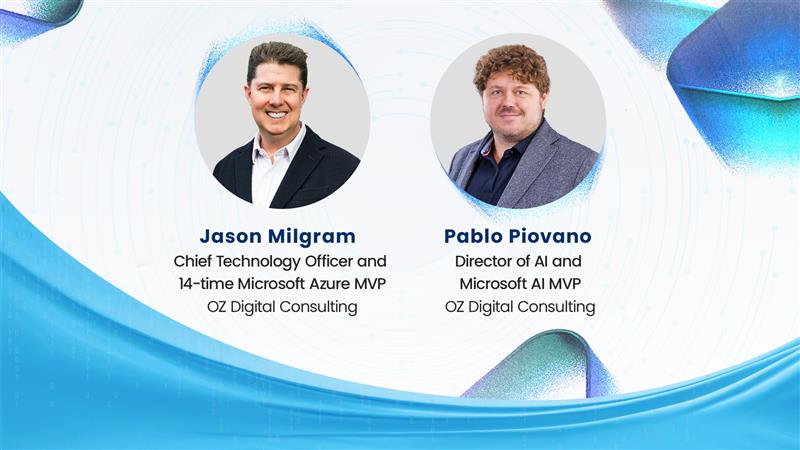Every carrier wants to deliver an exceptional claims experience. It’s a pivotal moment, often the only one, where carriers engage directly with their customers. To make this experience count, carriers must settle the claim quickly and accurately. But at the same time, ensure only legitimate claims are processed and paid. This step, while crucial, can create unnecessary friction, slowing down the process. Nevertheless, carriers cannot afford to overlook this, as fraudulent claims cost the insurance industry billions in losses.
Consider this:
- According to the Coalition Against Insurance Fraud (CAIF), the U.S. insurance industry loses $309 billion annually to insurance fraud
- About 10% of all insurance claims in the U.S. are fraudulent, which impacts the loss ratio
- In Property and Casualty insurance alone, fraudulent claims account for 5-10% of all claims with losses amounting to ~$34 billion every year
Carriers often wrestle with identifying fraudulent claims in real-time, challenging their efficiency and, ultimately, contributing to higher expenses. Giving insurance professionals real-time insights into the claims they’re handling and how fast they need to be investigated can help reduce this friction.
AI-driven automation and analytics can help fix that — these newer technologies make fraud detection a seamless part of the claims process, mitigating risk and enabling exceptional customer experiences. Unlike manual checks, AI-driven automation can process large claims volumes, allowing carriers to validate an applicant’s details at the quote stage, cross-referencing multiple data sets such as claims history, names and addresses, credit information, social media data, watch list data and public databases. Plus, carriers can draw on many more sources to verify claims, gathering and filtering data that would otherwise be hard to access in real-time.
AI-generated alerts provide claims professionals with key fraud indicators and actionable next steps for further investigation, empowering them to make more informed, data-driven decisions.
Three Types of Insurance Claims Fraud
All P&C carriers grapple with fraudulent claims. But tackling this fraud costs carriers time, money, and resources.
Before we dive into how newer technologies can assist insurers in detecting fraud, let’s take a look at the three types of insurance fraud:
Exaggerated claims: The insured inflates the claim value claiming far more than the actual value
False claims: The insured makes up a story of an incident that never occurred, such as an accident or theft. Examples include false or inflated property damage, burglary or theft reports, arson, intentional damage claims, staged accidents, auto shop scams, falsifying the date or details of an accident, and so on.
Duplicate claims: The insured person raises more than one claim from the same insurance provider for the same event/incident
Challenges with Traditional Fraud Detection
The traditional approach to fraud detection relies on developing heuristics around fraud indicators, in one of two ways:
- Pre-defined rules determine if the case needs further investigation
- Other times, a checklist is prepared with scores for various fraud indicators. These scores and the claim value will indicate if the case needs to be investigated further.
The problem with these methods is they rely heavily on manual intervention and have the following limitations:
- Constrained to a limited set of known parameters based on heuristics, even though other variables/attributes can influence the decisions
- Inability to understand context-specific relationships between parameters (geography, customer segment, insurance sales process) that might not provide the complete picture
- Recalibration of the model requires frequent reevaluation to reflect changing behavior and ensure the model adapts to investigation feedback.
How do AI-Driven Automation and Data Analytics Help Detect Fraud?
AI-driven automation analyzes the data collected from various sources to identify patterns, anomalies, and trends that may indicate fraud. The automated fraud detection systems typically analyze the following data types to flag fraud:
- Transaction data: Tracking unusual patterns in spending, transfers, and withdrawals that may indicate fraud
- Document data: Scanning loan applications, tax forms, and other documents for signs of tampering, inconsistencies, or anomalies
- Customer data: Comparing new activity against a customer’s historical transaction patterns and demographic information
Key benefits of fraud detection automation include:
- Speed: Automated systems can analyze transactions and documents at scale, flagging suspicious activity in real-time
- Accuracy: AI and machine learning algorithms continuously learn, becoming more accurate at detecting patterns indicating fraud
- Consistency: Automated systems consistently apply the same logic and thresholds, eliminating human bias and variability
- Scale: Carriers can monitor a much larger volume of transactions and documents for potential fraud
- Revenue: Preventing, detecting, and flagging fraud early translates into lower premiums for the customer and a reduced Loss Ratio for the carrier, driving profitability
While automation cannot replace human judgment entirely, it can improve fraud detection by flagging suspicious activity for further review. This allows carriers to focus their resources elsewhere and operate more efficiently. With AI enabling more accurate fraud detection and fewer false positives, carriers can substantially reduce their financial losses while mitigating risks. Moreover, by automating repetitive processes like fraud detection, carriers can scale their operations without increasing headcount or costs.
Yet, the true beneficiaries of these advancements are the customers themselves. They need no longer bear the brunt of higher premiums to offset the losses from insurance fraud. And that’s a win-win for everyone, signaling a future where the insurance landscape is more equitable, efficient, and customer-centric.
Contact us if you’d like to discuss how you can automate with AI. Learn more by downloading the e-Book – Beyond the Bot: How AI Is Ushering in the Next Wave of Automation




